2025 report card on physical activity for adults.
Moving Beyond Stagnation: Elevating Physical Activity in Canada
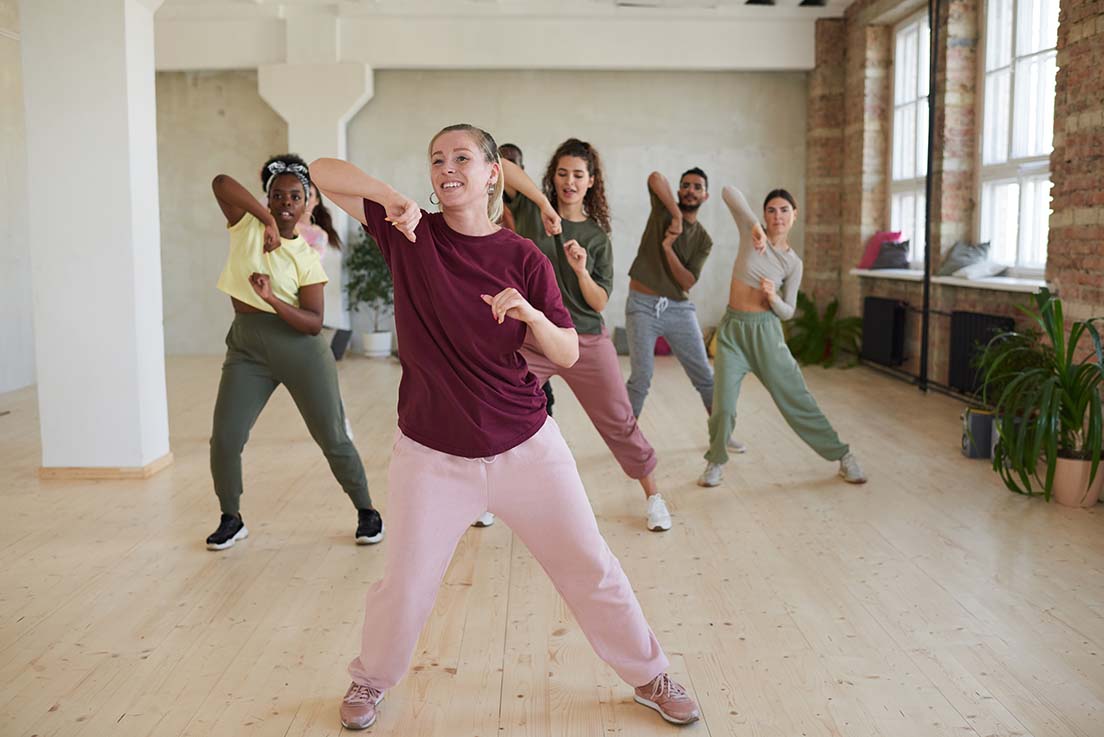
What is the ParticipACTION Report Card on Physical Activity for Adults?
The Adult Report Card is the most comprehensive assessment of adult physical activity in Canada. It summarizes data from many sources, including the best available peer-reviewed research, to provide the current state of the evidence on 17 indicators or sources of influence. Together, they provide a complete and strong assessment of how Canada is performing when it comes to promoting and facilitating physical activity among adults.
What does the 2025 Adult Report Card focus on?
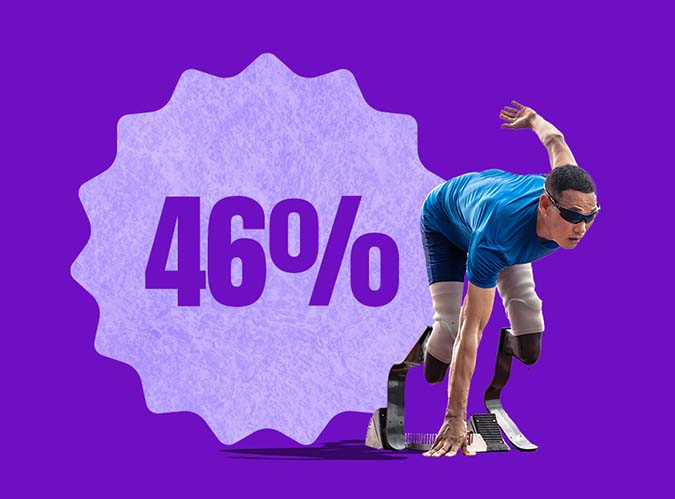
Moderate-to-vigorous physical activity
46% of adults met the recommendation of doing at least 150 minutes of moderate-to-vigorous physical activity per week.1
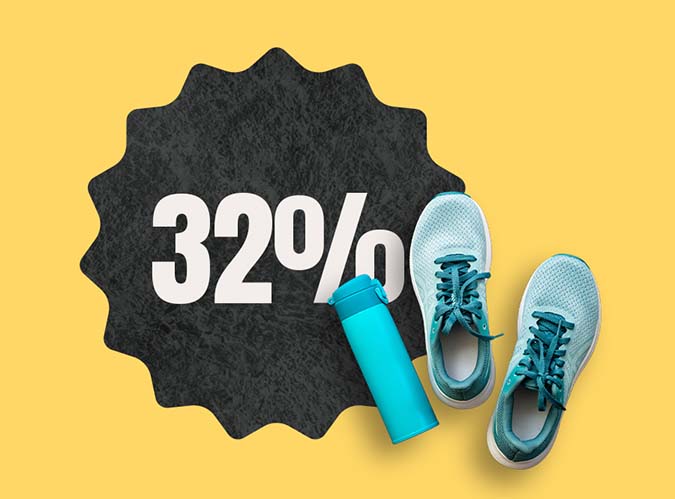
Total daily steps
32% of adults took at least 7,500 steps per day, which falls within the physically active lifestyle category.1
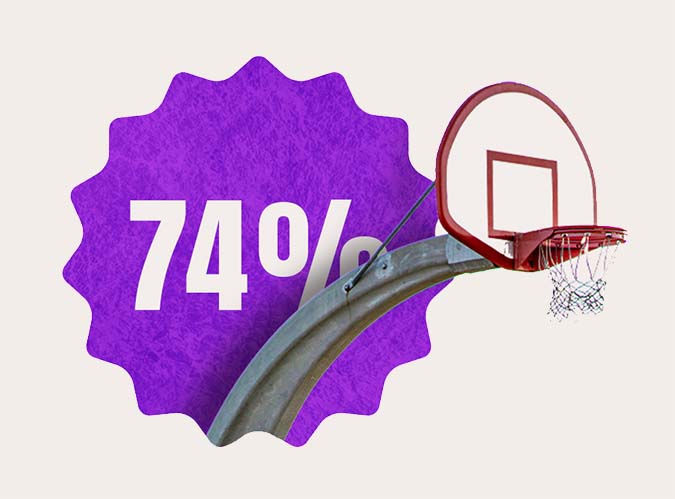
Facilities and infrastructure
74% was the average score reported across the areas of supportive environments for active transportation and supporting access to safe and appropriate facilities for physical activity and sport.2-6
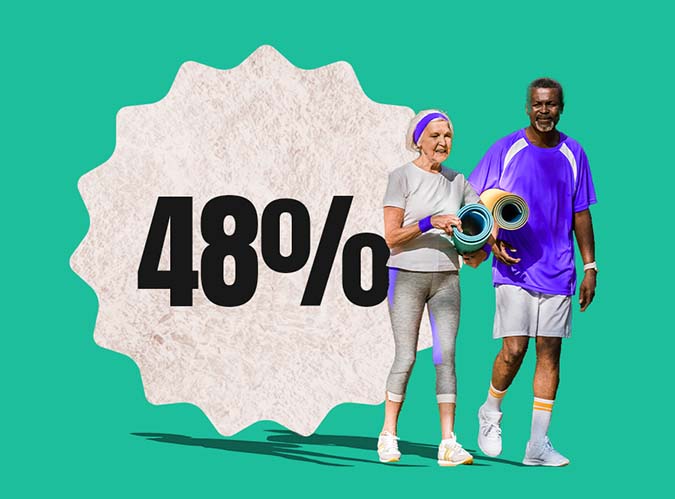
Policies and leadership
48% was the average score reported across the areas of key settings with a formal strategy or plan for physical activity, sport, recreation or active transportation and that are aware of or use physical activity guidelines and information.2-4
Q1: Who developed the 2025 Adult Report Card?
Q2: Can you explain the methodology behind the research?
Q3: How can I spread the word about the Report Card?
Q4: What can be done to help improve the physical activity levels of adults living in Canada?
Coordinated efforts from multiple sectors and people are needed to get and keep adults physically active. Scroll up for tools and resources to help governments, urban planners and organizations activate the 2025 Adult Report Card’s findings.
Q5: How was the Report Card funded?
Funds came from core organizational funding (including support from the Government of Canada) and the Social Sciences and Humanities Research Council of Canada. The 2025 Report Card is also supported by members of the Report Card Research Committee who volunteer their time.
If you have questions not answered in the FAQ section, please email us at: info@participaction.com.
For media inquiries, please contact: fsimon@getproof.com
partners and supporters

more from participaction
- 2022-24 Canadian Health Measures Survey Cycle 7, Statistics Canada.
- 2020-21 Opportunities for Physical Activity in Canadian Communities Survey, CFLRI.
- 2020-21 Opportunities for Physical Activity at Work Survey, CFLRI.
- 2020-21 Sport Organization Survey, CFLRI.
- 2019 Canadian Infrastructure Report Card. http://canadianinfrastructure.ca/en/index.html
- Newstead N, Hobbs K, Giunta C, Birkett S. Active and Public Transportation Spatial Accessibility Measures: Methodology and Key Results. Special Business Reports, Statistics Canada. 2024. https://www150.statcan.gc.ca/n1/pub/18-001-x/18-001-x2024005-eng.htm

